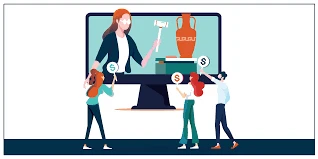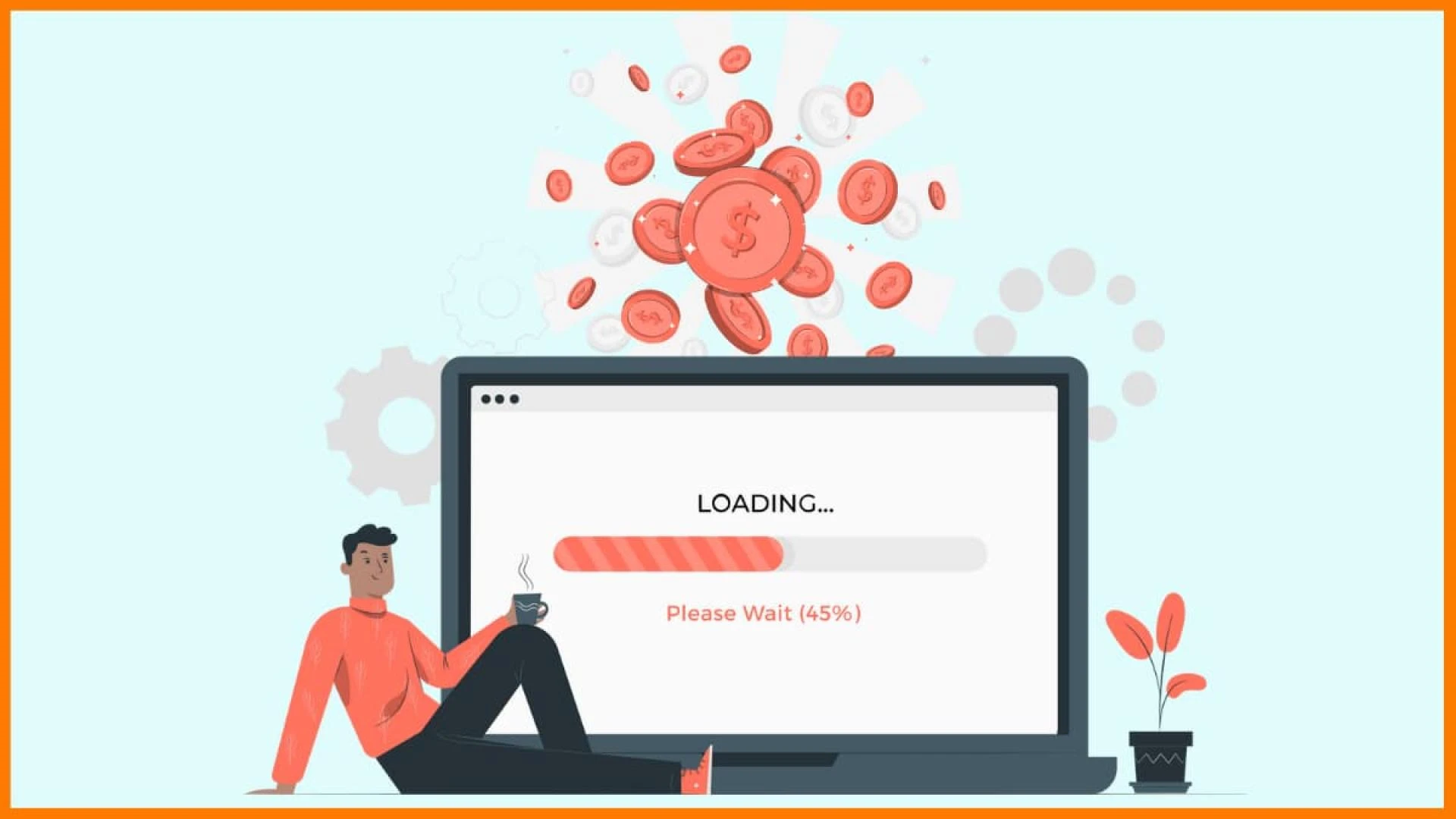Introduction
In today\'s digital age, building an auction website has become an exciting opportunity for entrepreneurs and businesses looking to create an engaging online platform for buying and selling goods. Designing your own auction website allows you to tailor the user experience, attract a wide range of participants, and potentially generate substantial revenue. In this comprehensive guide, we will walk you through the key steps and considerations involved in designing your own auction website. From planning and designing the user interface to implementing essential features and ensuring a secure platform, we will provide you with valuable insights and expert advice to help you create a successful auction website.
Define Your Goals and Target Audience
Before diving into the design process, it is essential to clearly define your goals and identify your target audience. Consider the following aspects:
Determine the scope and niche of your auction website. Will it focus on a specific industry, such as art, antiques, or electronics, or will it be a general marketplace for various goods?
Identify your target audience. Are you targeting collectors, enthusiasts, or the general public? Understanding your audience will help shape the design, features, and marketing strategies.

Plan and Structure Your Auction Website
Effective planning and structuring lay the foundation for a successful auction website. Consider the following steps:
Define the website structure: Determine the main sections and features your auction website will have, such as home page, item listings, bidding functionality, user profiles, payment processing, and customer support.
Sketch the user interface (UI): Create wireframes or sketches to visualize the layout and organization of different pages. Consider the user flow, navigation, and placement of key elements like search bars, filters, and call-to-action buttons.
User Experience and Design
Creating a seamless user experience (UX) is crucial to engage participants and encourage them to participate in auctions. Consider the following design principles:
Intuitive navigation: Design a user-friendly interface with easy-to-navigate menus, clear labels, and logical categorization of items.

Responsive design: Ensure your auction website is optimized for different devices, including desktops, tablets, and smartphones. Responsive design improves usability and accessibility.
Visual appeal: Use appealing visuals, high-quality images, and a consistent color scheme that aligns with your brand. Visual elements should enhance the overall user experience and showcase auction items effectively.
Streamlined bidding process: Design a straightforward bidding process with clear instructions, bid increments, and real-time updates on current bids. Implement features like countdown timers and bid notifications to create excitement.
Trust and security: Display trust signals such as secure payment badges, SSL certificates, and clear privacy policies to instill confidence in participants. Implement robust security measures to protect user information and prevent fraudulent activities.
Essential Features and Functionality
To create a robust auction website, incorporate the following key features and functionalities:
User registration and profiles: Allow users to create accounts, manage their profiles, track bidding activity, and review transaction history.
Item listings: Provide a user-friendly interface for sellers to create item listings, including images, descriptions, starting bids, and auction durations custom auction site.

Bidding functionality: Implement a reliable and secure bidding system that allows users to place bids, set maximum bid amounts, and receive notifications on bid status.
Payment processing: Integrate secure payment gateways to facilitate smooth transactions. Offer multiple payment options, such as credit cards, PayPal, or digital wallets, to accommodate participants\' preferences.
Search and filtering: Include robust search and filtering capabilities to help users find specific items based on keywords, categories, price ranges, and other relevant criteria.
Auction management tools: Develop administrative features that enable you to manage auctions, monitor bids, resolve disputes, and communicate with participants.
Customer support: Provide channels for participants to seek assistance, ask questions, and report issues. This can include live chat, email support, or a dedicated support ticket system.
Testing, Launch, and Iteration
Before launching your auction website, thoroughly test its functionality, user experience, and security. Conduct usability testing with a diverse group of users to gather feedback and identify areas for improvement. Once you are confident in the website\'s performance, launch it to the public.
After the launch, monitor user behavior, collect feedback, and analyze data to identify any issues or areas for optimization. Continuously iterate and improve the website based on user feedback and market trends.
Conclusion
Designing your own auction website opens up a world of opportunities in the online marketplace advanced software development services. By following this comprehensive guide, you can create a visually appealing, user-friendly, and secure platform that attracts participants and drives engagement. Remember to define your goals, understand your target audience, and plan your website structure thoughtfully. Prioritize user experience, incorporating intuitive navigation, responsive design, and streamlined bidding processes. Include essential features such as user registration, item listings, bidding functionality, and secure payment processing. Testing, launching, and iterating are crucial for ongoing success. With dedication, attention to detail, and a focus on user satisfaction, your designed auction website can become a thriving platform for buying and selling goods, delighting participants, and generating revenue.



